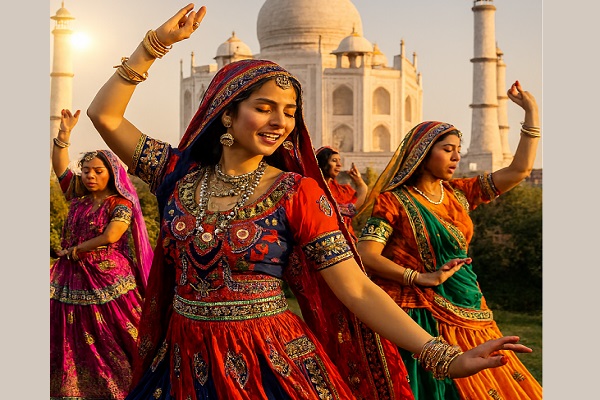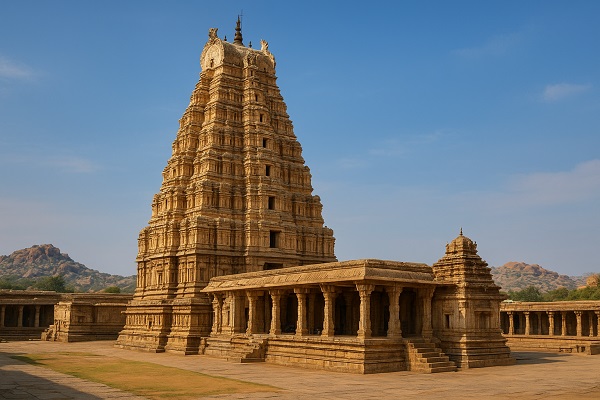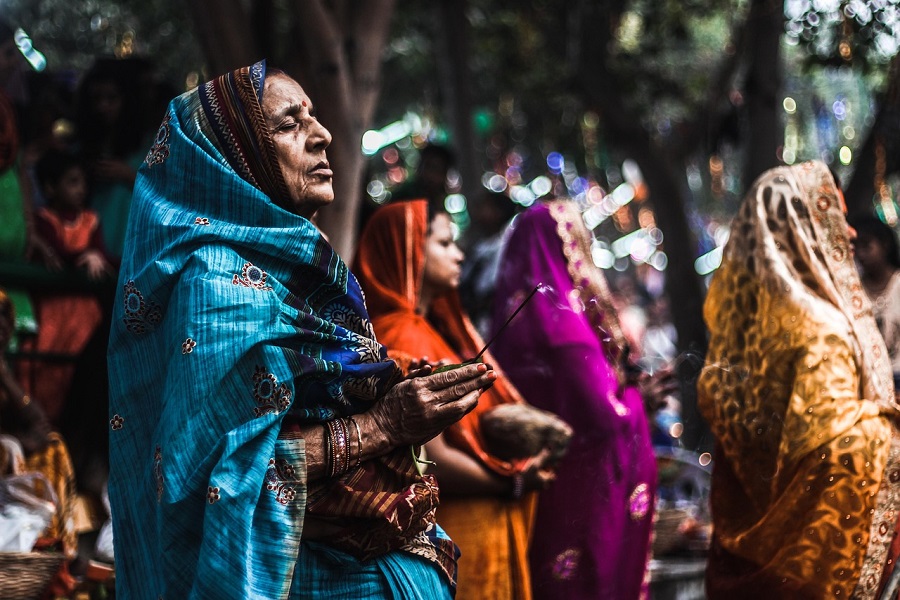Cultural Tourism: Discovering the Soul of a Destination

What is Cultural Tourism?
Cultural tourism refers to travel that focuses on experiencing the culture, history, and lifestyle of a destination. This can include visiting museums, historic sites, festivals, art galleries, and traditional neighborhoods, as well as engaging with local communities through food, crafts, music, and rituals.
It’s a form of tourism that encourages respect, learning, and appreciation for different ways of life, fostering cross-cultural understanding and preservation of heritage.
Why Choose Cultural Tourism?
Authentic Experiences
Cultural tourism provides a chance to go beyond the surface and experience the authentic daily lives of people. It’s about savoring local flavors, hearing traditional music, and participating in customs.
Educational Value
Travelers gain insights into the history, struggles, and achievements of different communities, expanding their worldview.
Support for Local Communities
By engaging with local artisans, performers, and businesses, cultural tourism helps preserve traditions and boosts local economies.
Sustainable Travel
When done responsibly, cultural tourism promotes sustainable practices by valuing people and their heritage over mass commercialization.
Popular Cultural Tourism Activities
Visiting Historic Monuments: Exploring ancient ruins, castles, temples, and UNESCO World Heritage Sites.
Attending Festivals and Events: Participating in or witnessing traditional dances, religious ceremonies, or harvest festivals.
Museum and Gallery Tours: Learning about art, history, and local stories through curated exhibits.
Culinary Tours: Tasting traditional dishes and understanding food’s cultural significance.
Craft Workshops: Trying hand at pottery, weaving, or painting under the guidance of local artisans.
Community Homestays: Staying with local families to experience their lifestyle firsthand.
Famous Destinations for Cultural Tourism
Rome, Italy: A treasure trove of ancient history, art, and architecture.
Kyoto, Japan: Known for its temples, tea ceremonies, and traditional geisha culture.
Jaipur, India: The Pink City offers vibrant markets, palaces, and rich Rajasthani culture.
Cusco, Peru: Gateway to Incan heritage and the famous Machu Picchu.
Fez, Morocco: A maze of medieval medinas and crafts.
How to Practice Responsible Cultural Tourism
Respect Local Customs: Learn about cultural norms and etiquette before visiting.
Support Local Artisans: Buy souvenirs directly from craftspeople.
Avoid Exploiting Traditions: Don’t treat cultural practices as mere entertainment.
Engage Thoughtfully: Listen, ask questions, and show genuine interest.
Minimize Environmental Impact: Use eco-friendly transport and accommodations.
The Growing Importance of Cultural Tourism
In an era of globalization, cultural tourism plays a vital role in preserving diversity and fostering respect among peoples. Governments and organizations worldwide are promoting cultural tourism as a means to strengthen community identity and drive economic development.
Technological advancements, like virtual reality tours and interactive apps, are also helping travelers access cultural experiences more deeply and responsibly.
























